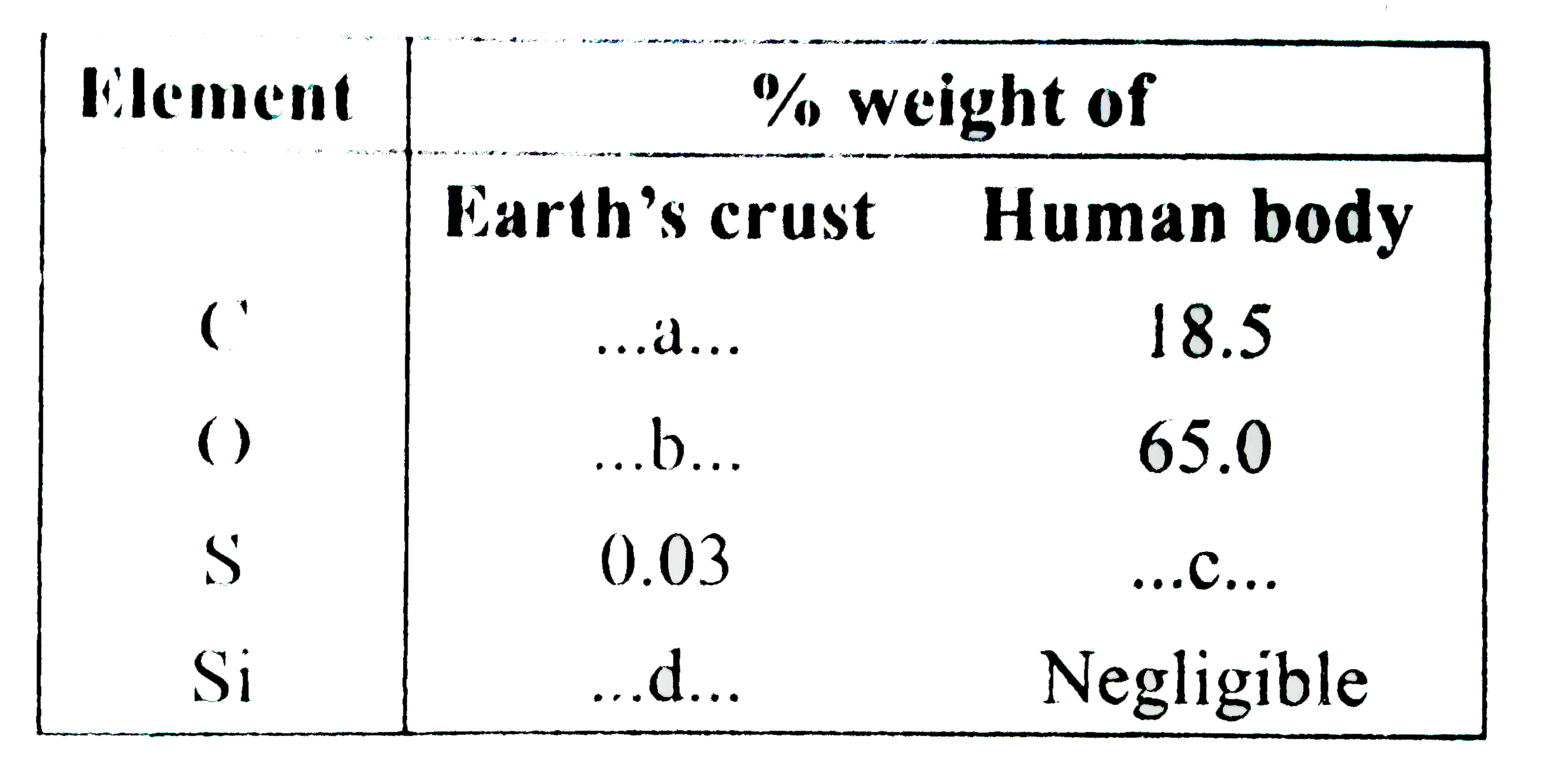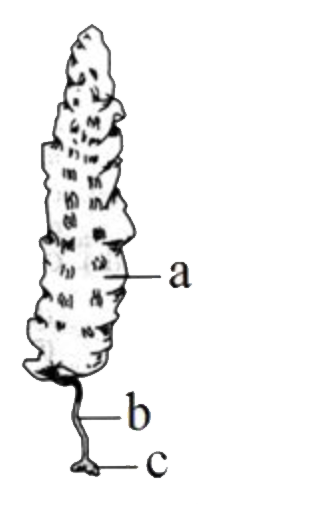Find the CORRECT match.

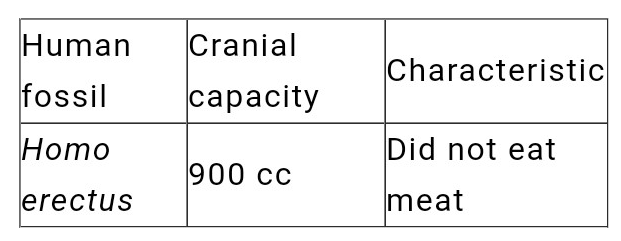
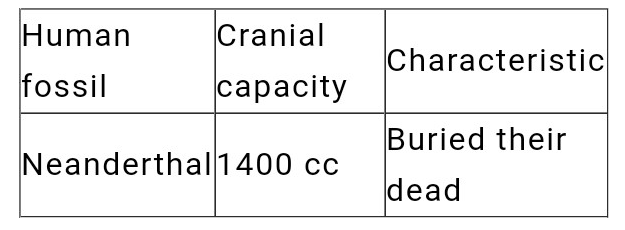

The correct Answer is:C
To solve the question of finding the correct match between human fossils, cranial capacity, and characteristics, we will analyze each option step by step.
Step 1: Analyze Homo habilis
- Fossil: Homo habilis
- Cranial Capacity: 650-800 cc
- Characteristic: Ate meat
Evaluation:
- The cranial capacity of Homo habilis is indeed within the range of 650-800 cc. However, the characteristic that they "ate meat" is incorrect as they were primarily herbivores. Therefore, this option is not correct.
Step 2: Analyze Homo erectus
- Fossil: Homo erectus
- Cranial Capacity: 900 cc
- Characteristic: Did not eat meat
Evaluation:
- Homo erectus has a cranial capacity of around 900 cc, which is accurate. However, the characteristic stating that they "did not eat meat" is misleading since Homo erectus was omnivorous. Thus, this option is also not correct.
Step 3: Analyze Neanderthals
- Fossil: Neanderthals
- Cranial Capacity: 1300-600 cc
- Characteristic: Buried their dead with flowers and tools
Evaluation:
- The cranial capacity of Neanderthals is indeed between 1300-600 cc, which is accurate. Additionally, the characteristic that they buried their dead with flowers and tools is a well-documented behavior. Therefore, this option is correct.
Step 4: Analyze Australopithecus
- Fossil: Australopithecus
- Cranial Capacity: 800 cc
- Characteristic: Ate meat
Evaluation:
- Australopithecus has a cranial capacity closer to 500 cc, not 800 cc. Furthermore, they were primarily herbivores during their time, making the characteristic of "ate meat" incorrect. Thus, this option is also not correct.
Conclusion
After evaluating all the options, the only correct match is for Neanderthals, which has a cranial capacity of 1300-600 cc and the characteristic of burying their dead with flowers and tools.
Final Answer
The correct match is:
- Neanderthals: Cranial Capacity: 1300-600 cc, Characteristic: Buried their dead with flowers and tools.
---
- Fossil: Homo habilis
- Cranial Capacity: 650-800 cc
- Characteristic: Ate meat
- The cranial capacity of Homo habilis is indeed within the range of 650-800 cc. However, the characteristic that they "ate meat" is incorrect as they were primarily herbivores. Therefore, this option is not correct.
- Fossil: Homo erectus
- Cranial Capacity: 900 cc
- Characteristic: Did not eat meat
- Homo erectus has a cranial capacity of around 900 cc, which is accurate. However, the characteristic stating that they "did not eat meat" is misleading since Homo erectus was omnivorous. Thus, this option is also not correct.
- Fossil: Neanderthals
- Cranial Capacity: 1300-600 cc
- Characteristic: Buried their dead with flowers and tools
- The cranial capacity of Neanderthals is indeed between 1300-600 cc, which is accurate. Additionally, the characteristic that they buried their dead with flowers and tools is a well-documented behavior. Therefore, this option is correct.
- Fossil: Australopithecus
- Cranial Capacity: 800 cc
- Characteristic: Ate meat
- Australopithecus has a cranial capacity closer to 500 cc, not 800 cc. Furthermore, they were primarily herbivores during their time, making the characteristic of "ate meat" incorrect. Thus, this option is also not correct.
After evaluating all the options, the only correct match is for Neanderthals, which has a cranial capacity of 1300-600 cc and the characteristic of burying their dead with flowers and tools.
The correct match is:
- Neanderthals: Cranial Capacity: 1300-600 cc, Characteristic: Buried their dead with flowers and tools.
Topper's Solved these Questions
Similar Questions
Knowledge Check
Find out the CORRECT match.
A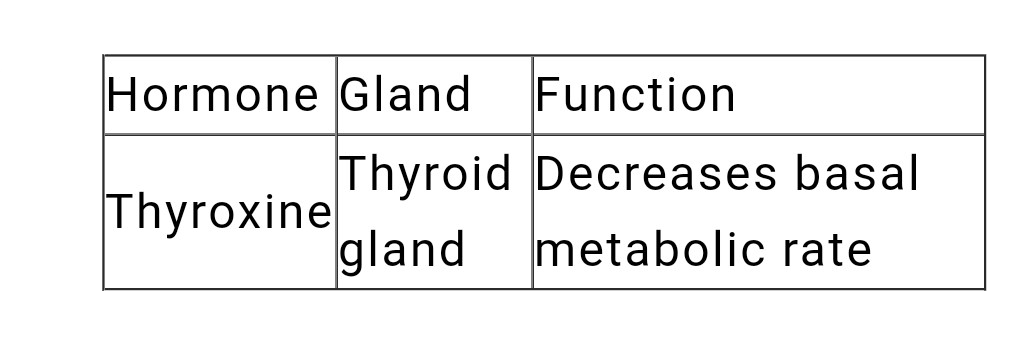 B
B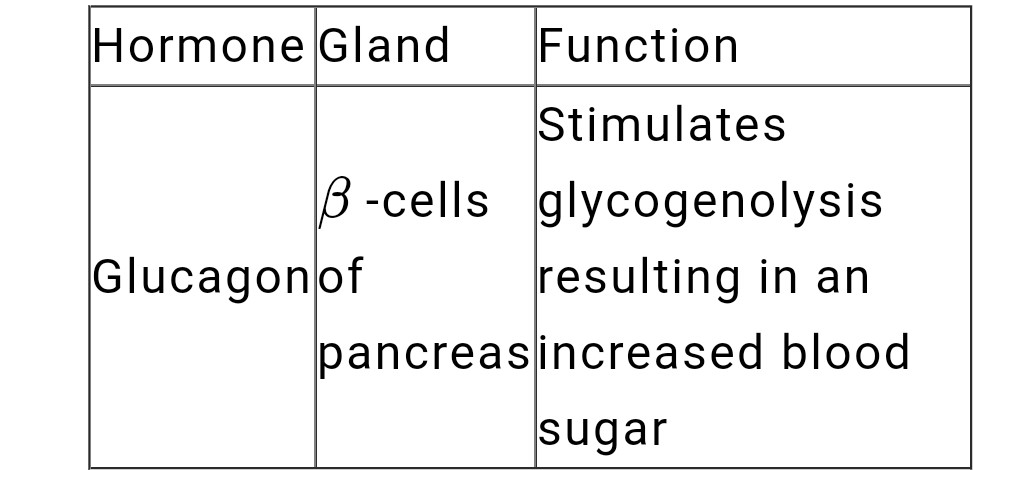 C
C D
D
Given below is a list of glands . Find out correct match for them .
AAdrenal medulla- Hormone of flight & fight induces constriction in pupil and protein synthesis during emergengyBb-cell of pancreas- Hormone acts on muscles and induces glycogenolysis and gluconeogenesis.CTestis- Hormone induces catabolic effect of proteinsDThyroid follicles- Hormone induces BMR regulation, increase Na-K pump activity and binds with intranuclear receptorsRecognise the figure and find outhe correct matching
 Aa-95, b-104, c-45, d-40Ba-45, b-95, c-104, d-45Ca-104, b-45, c-95, d-40Da-104, b-159, c-95, d-40
Aa-95, b-104, c-45, d-40Ba-45, b-95, c-104, d-45Ca-104, b-45, c-95, d-40Da-104, b-159, c-95, d-40

